98 million adolescent girls around the world are not in school. This is the story one from Tharaka, Kenya.
Read MoreREBECCA'S STORY


98 million adolescent girls around the world are not in school. This is the story one from Tharaka, Kenya.
Read More
On the International Day for the Conservation of Mangroves, we introduce you to this remarkable tree and show you how it has helped one Indonesian community stand up to Mother Nature.
Read More
USAID is reducing the amount of women living with fistula in Uganda. They are also helping them become more empowered and reintegrate back into their communities. These fistula survivors are now raising awareness among the women in their villages.
Read More
On World Mosquito Day, we introduce you to a group of women warriors who are battling dengue in Indonesia… and winning!
Read More
98 million adolescent girls around the world are not in school. This is the story one from Blantyre, Malawi.
Read More
Partnering with communities to sustainably grow and manage Malawi’s forests.
Read More
98 million adolescent girls around the world are not in school. This is the story one from Lucknow, India.
Read More
An inspiring pilot program regarding service delivery in the education sector began in the Western Mongolian province of Khovd just over a year ago and it has already seen positive results. And it’s all down to citizen engagement.
Read More
Getting medical care to the last mile in Liberia.
Read More
Helping communities to sustainably manage Malawi’s fishing resource.
Read More
Hear the stories of why U.S. investments in development matter.
Read More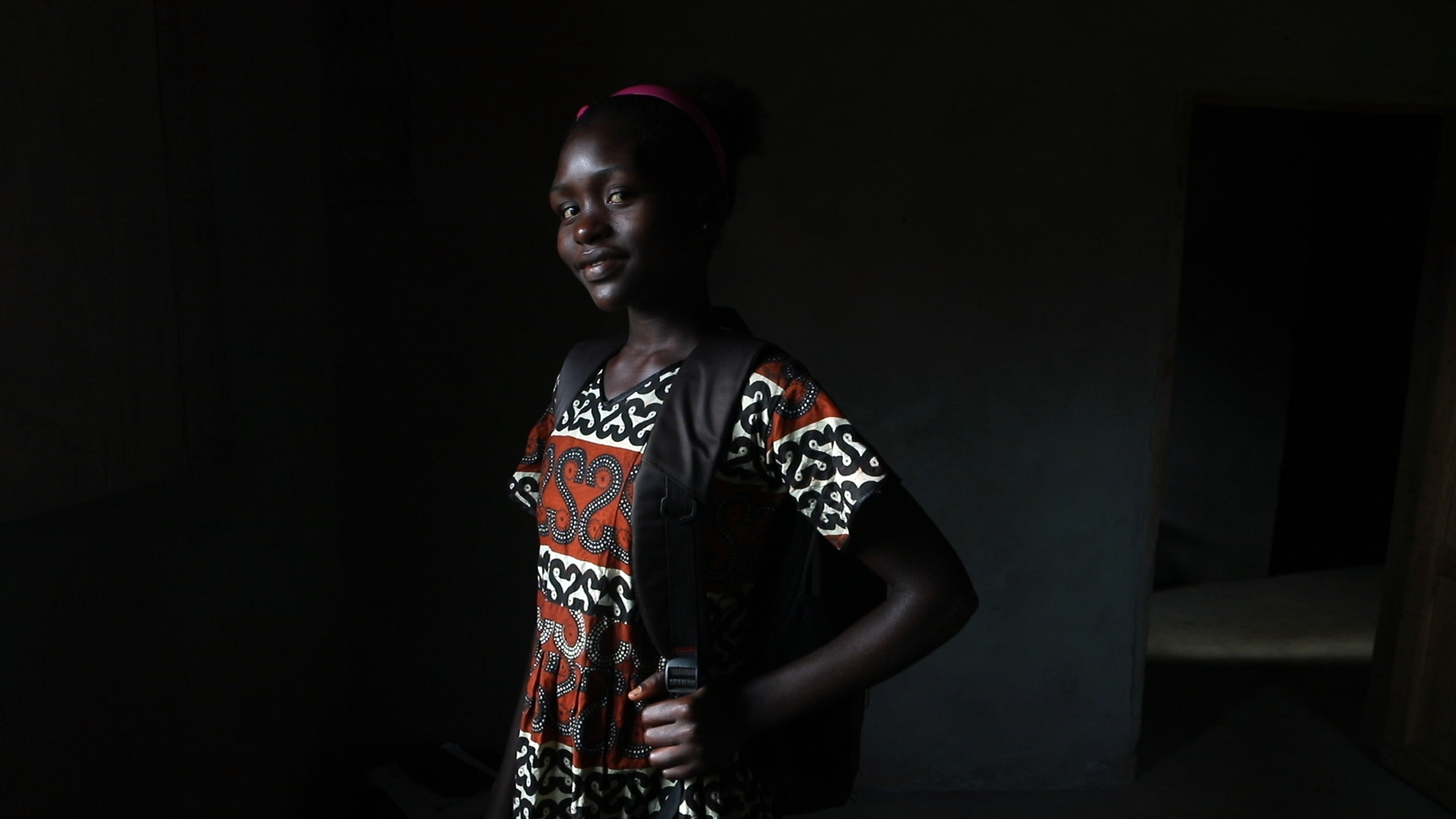
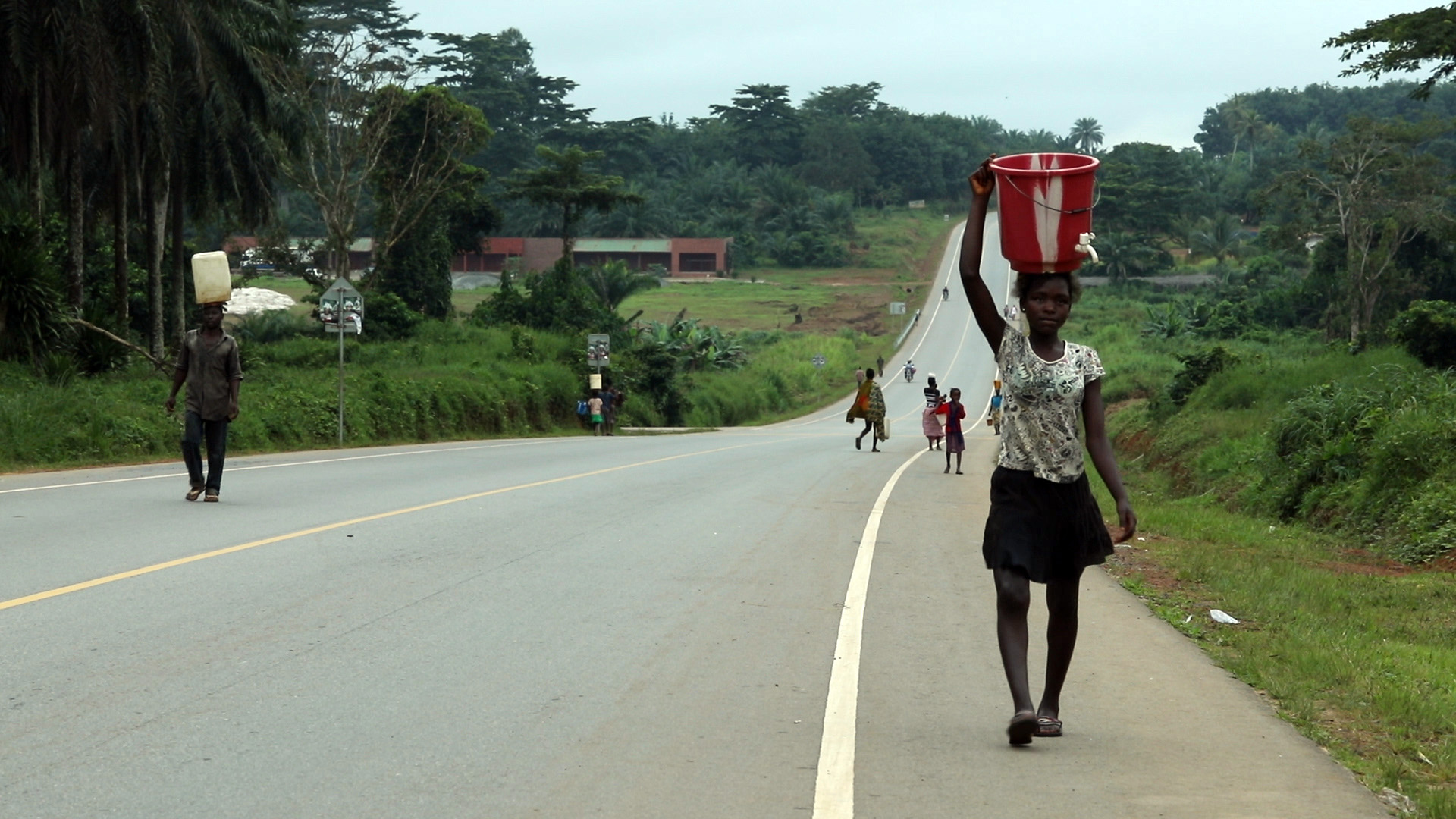
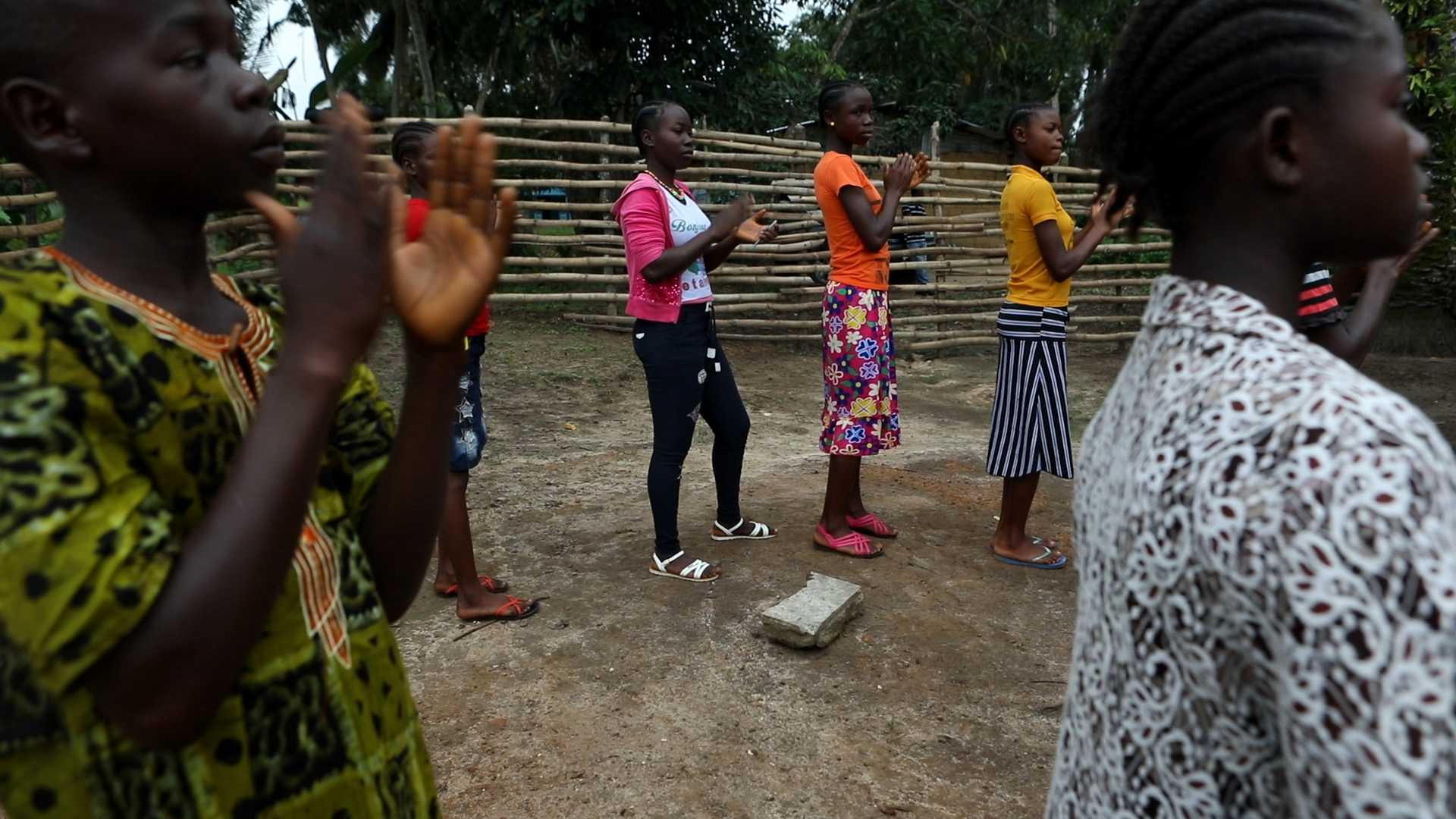
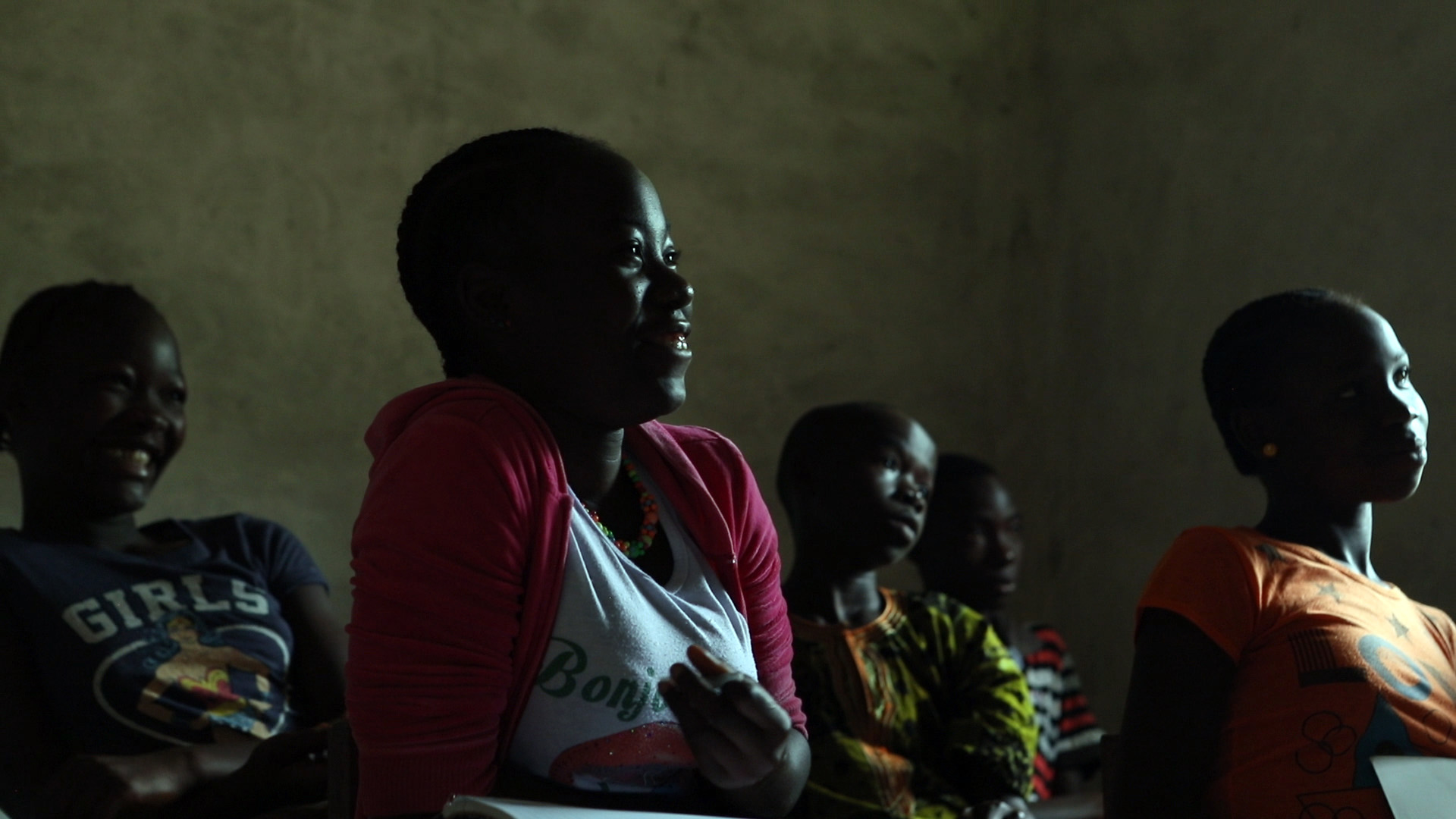
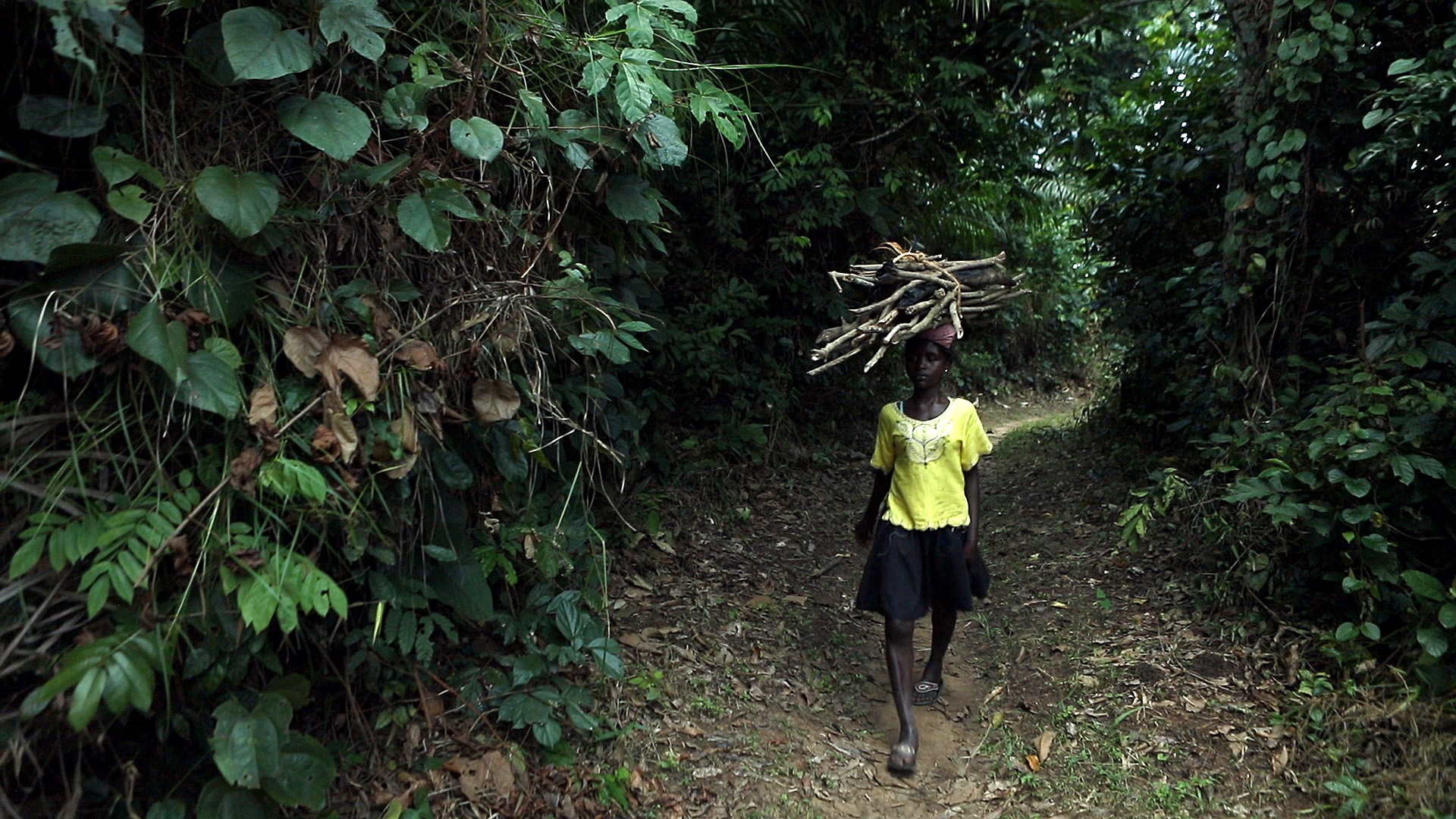
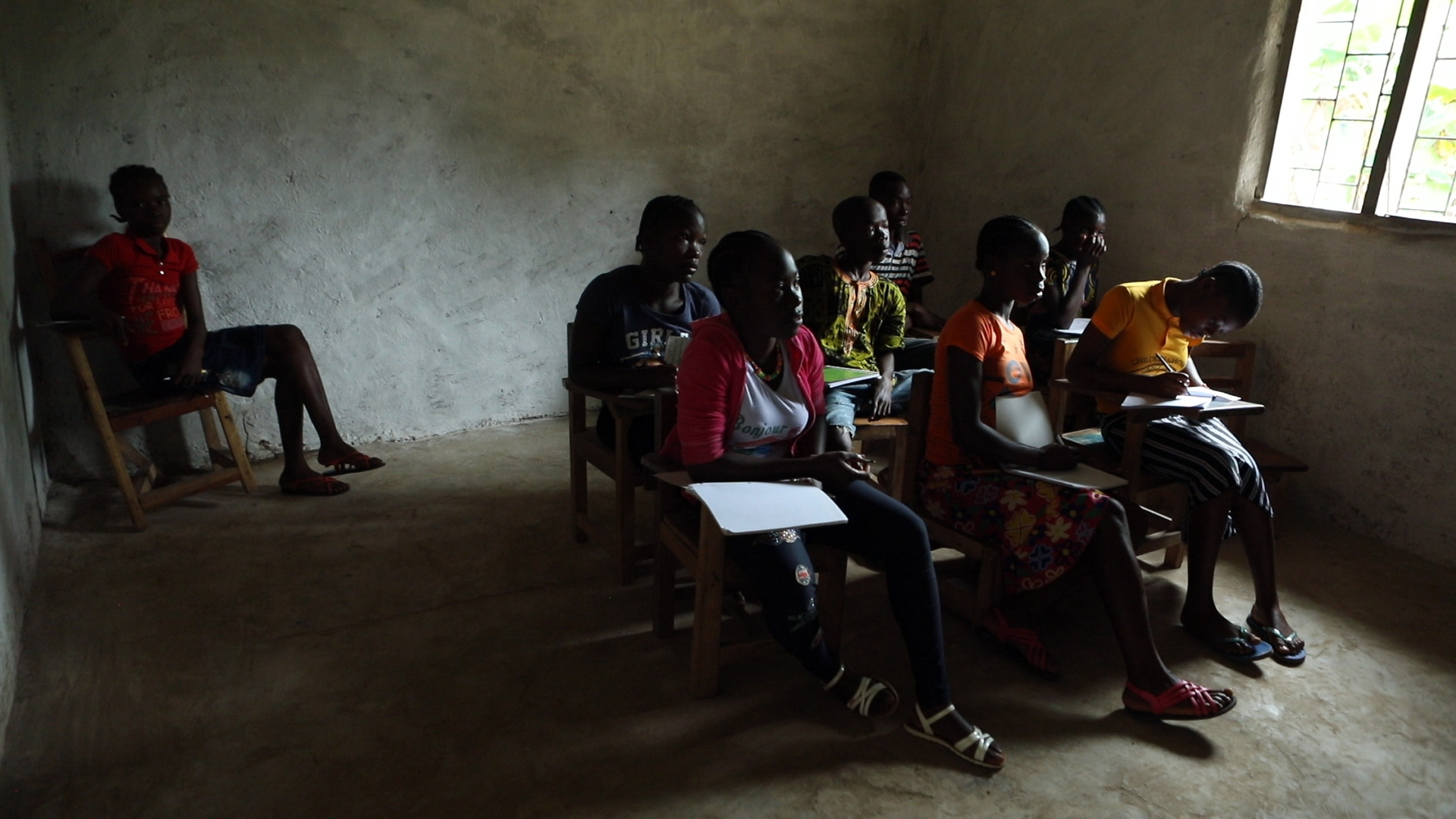
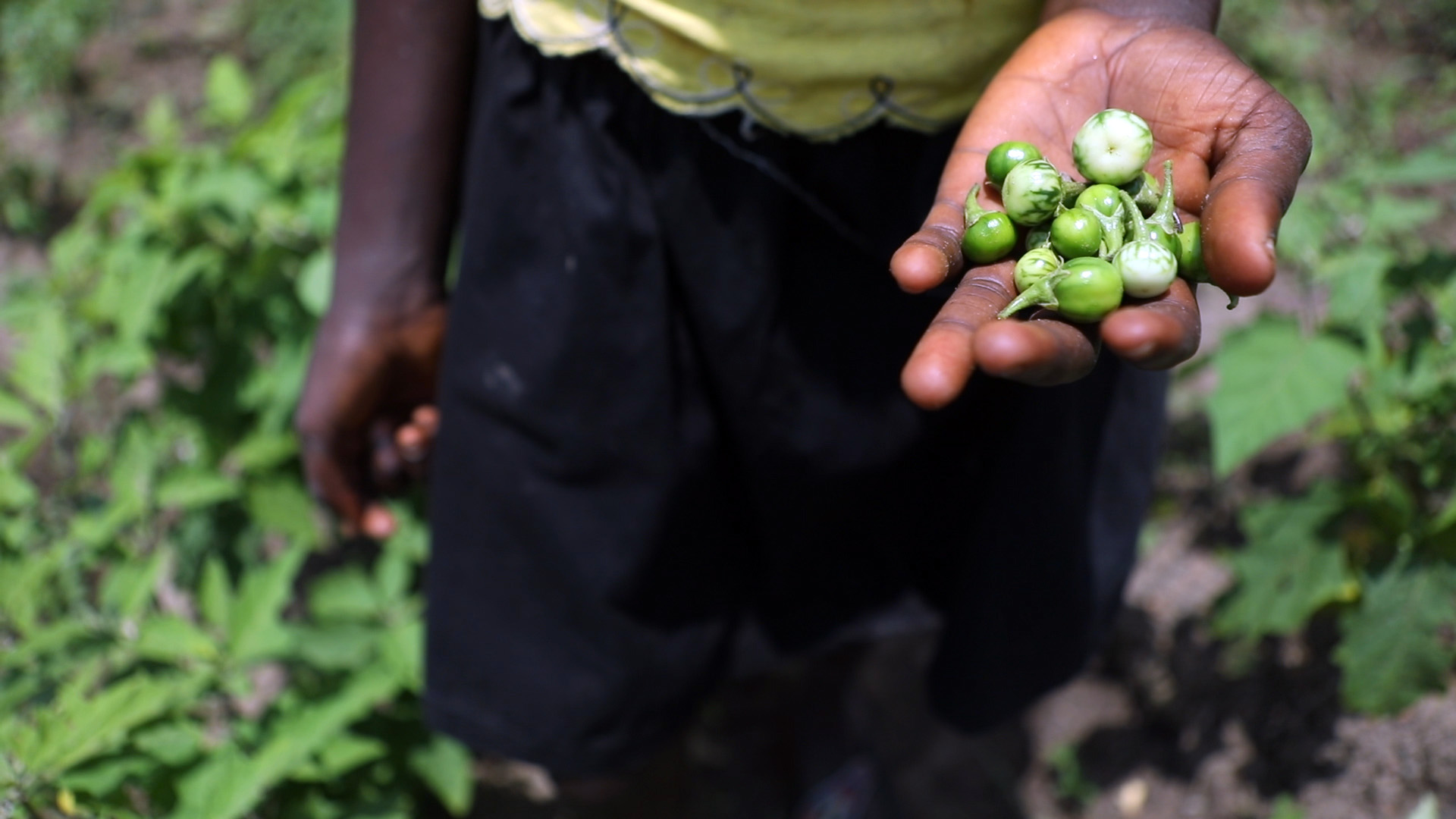
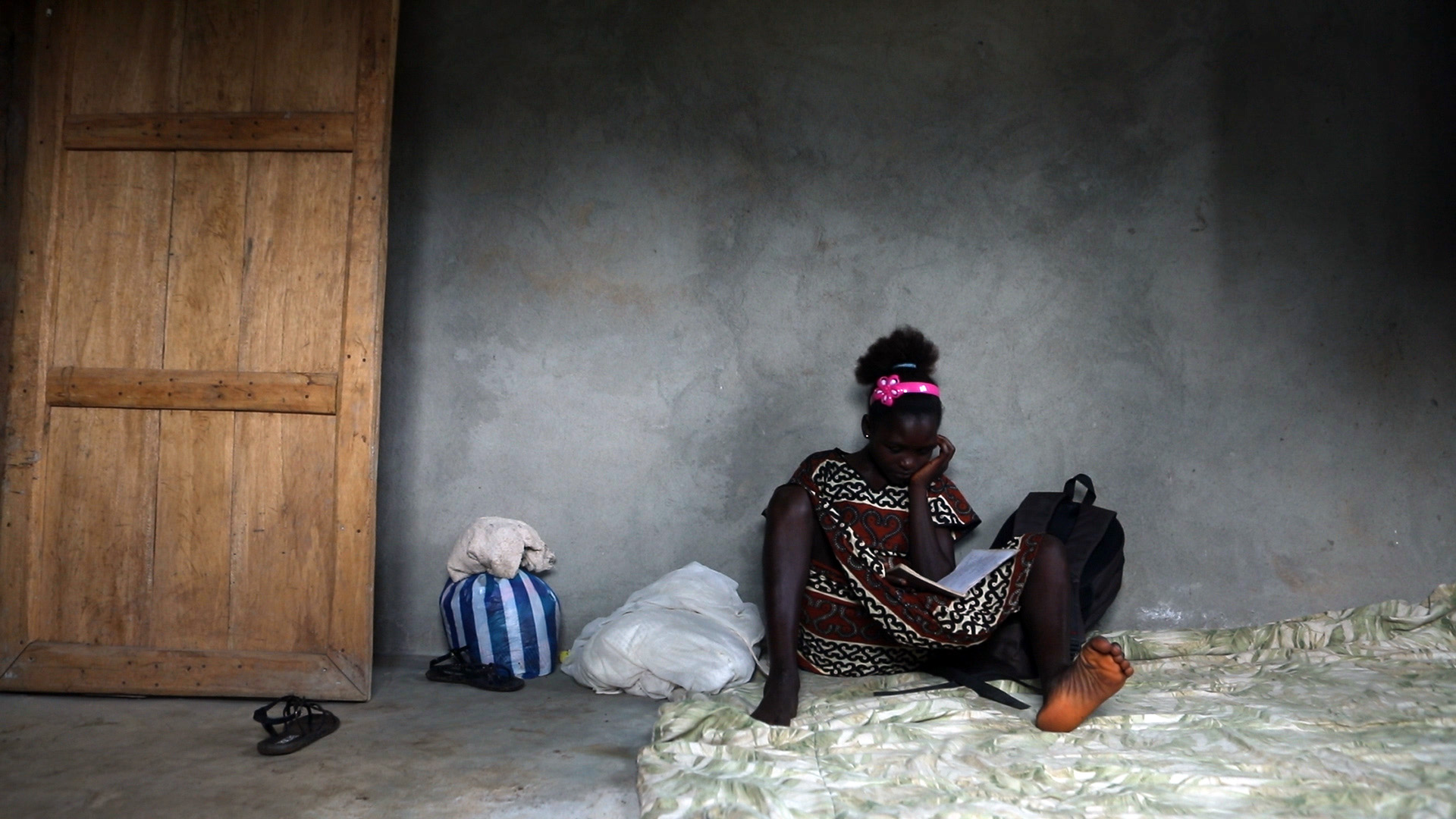
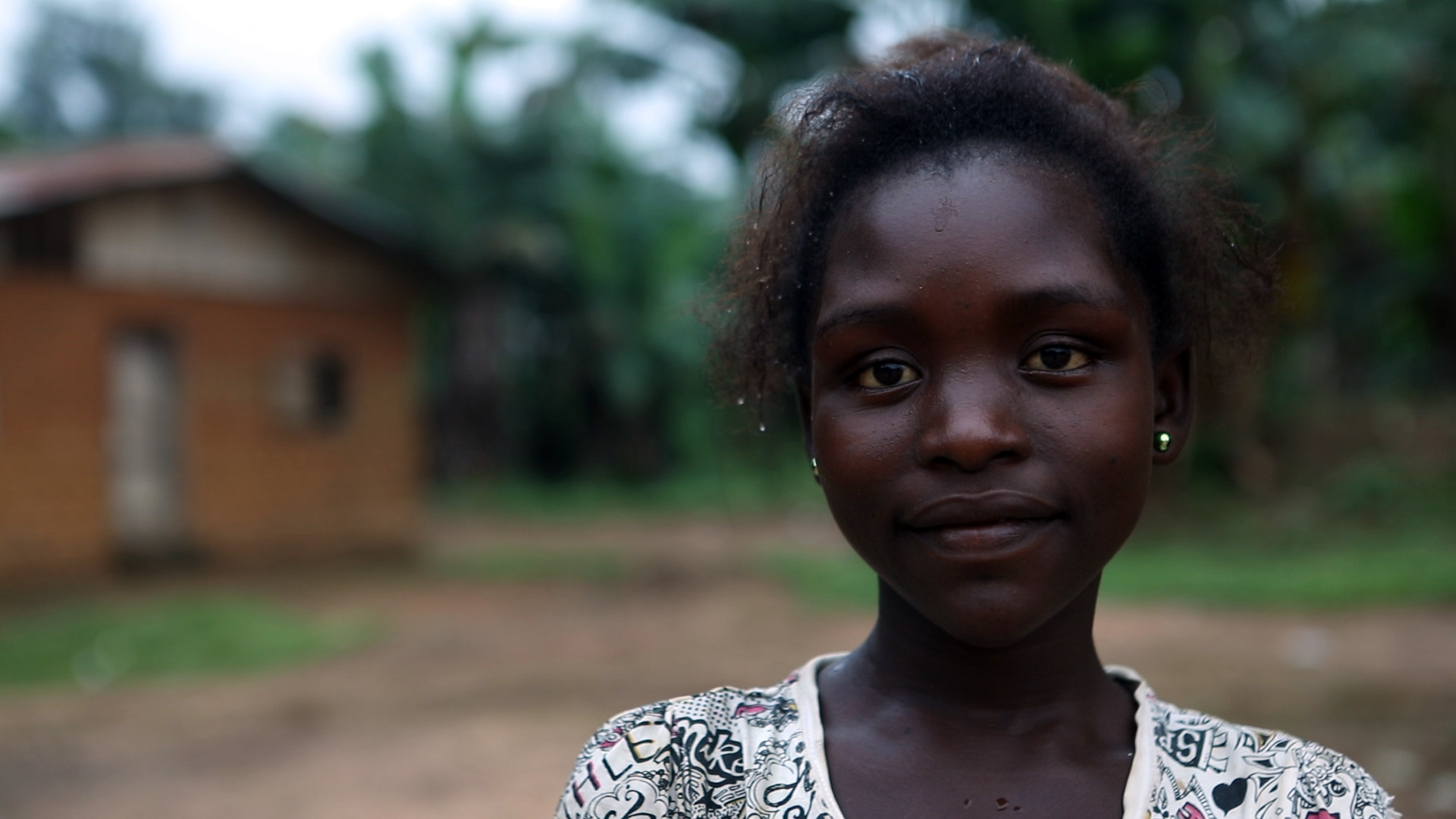
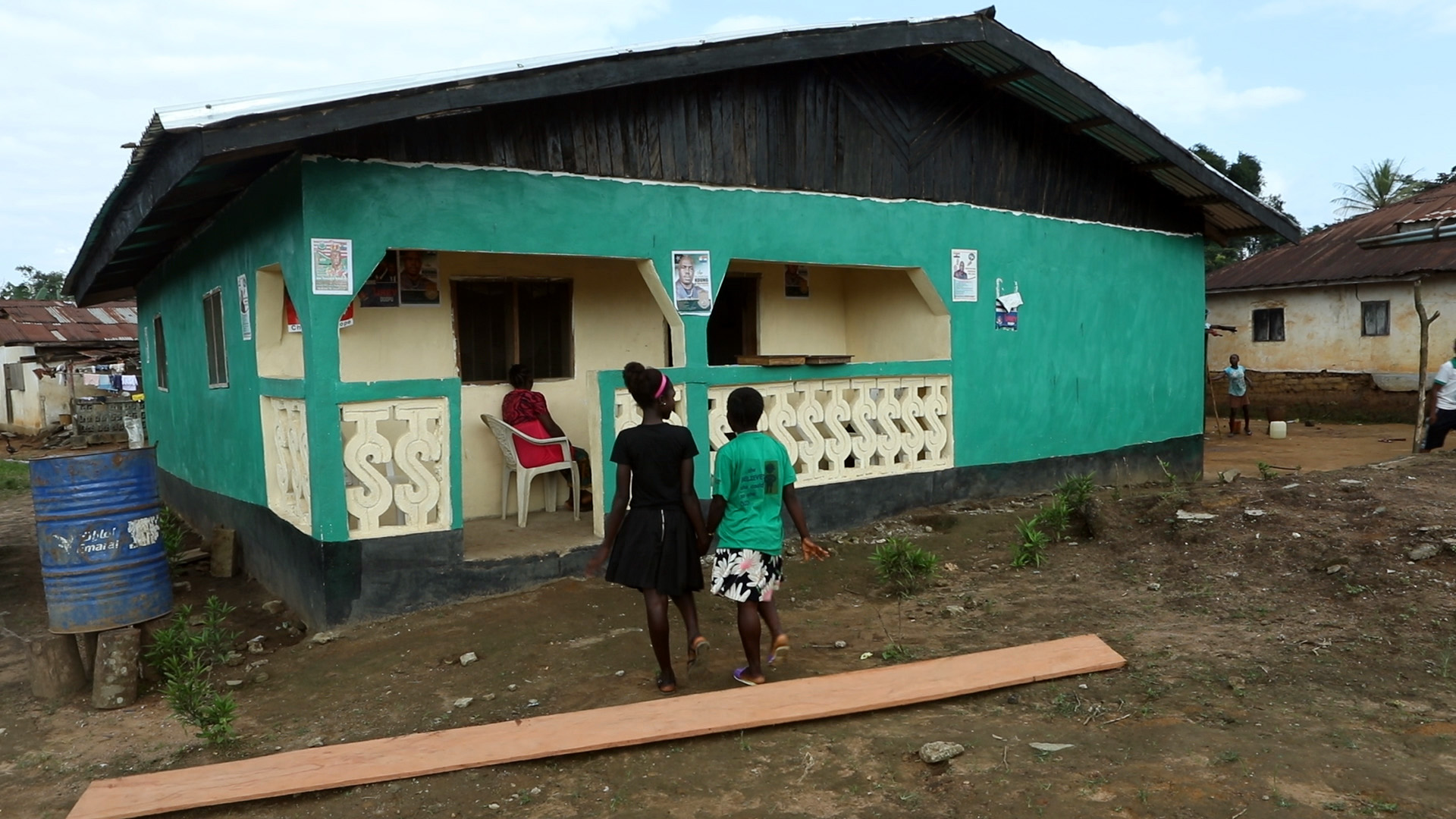
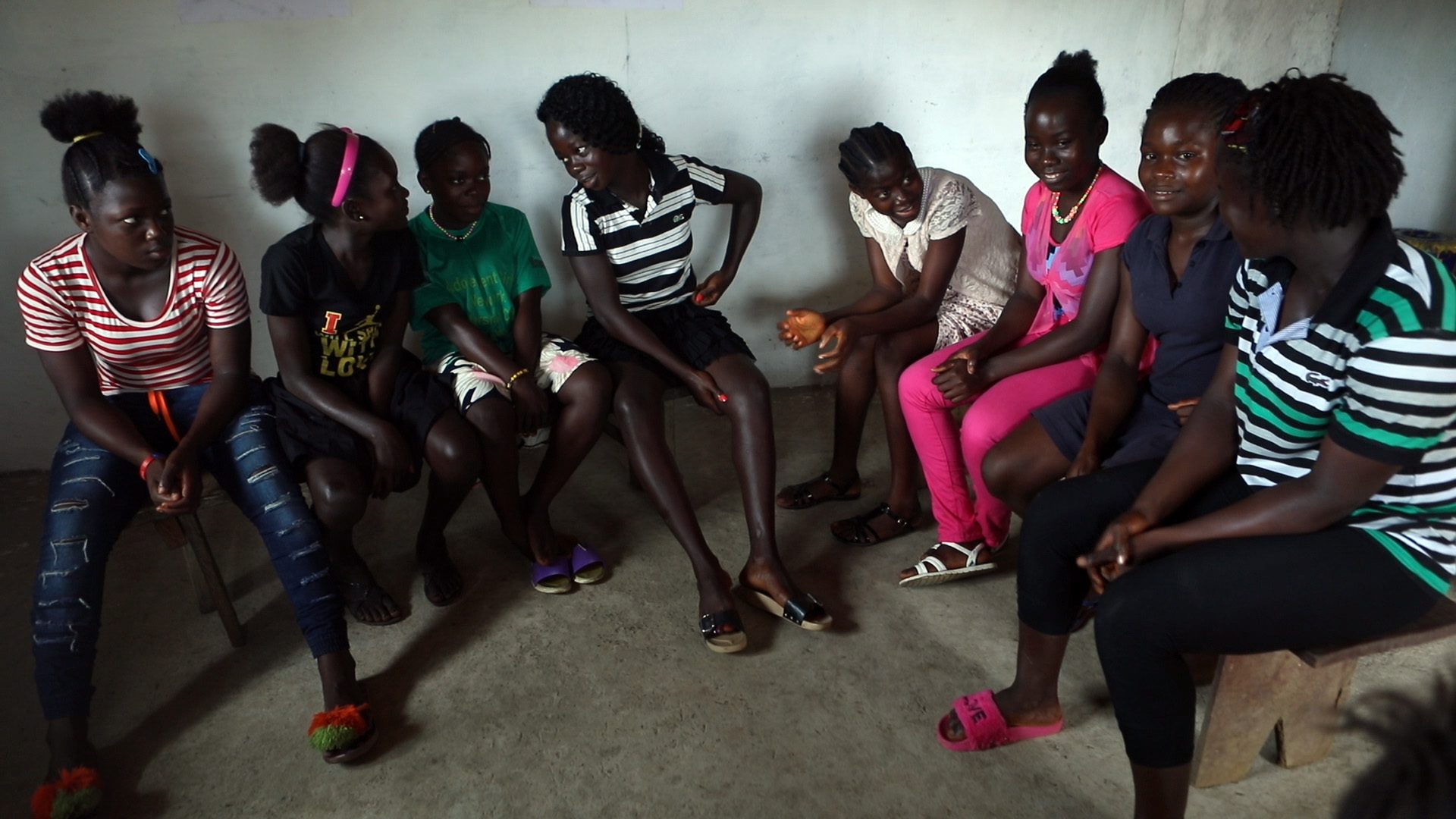
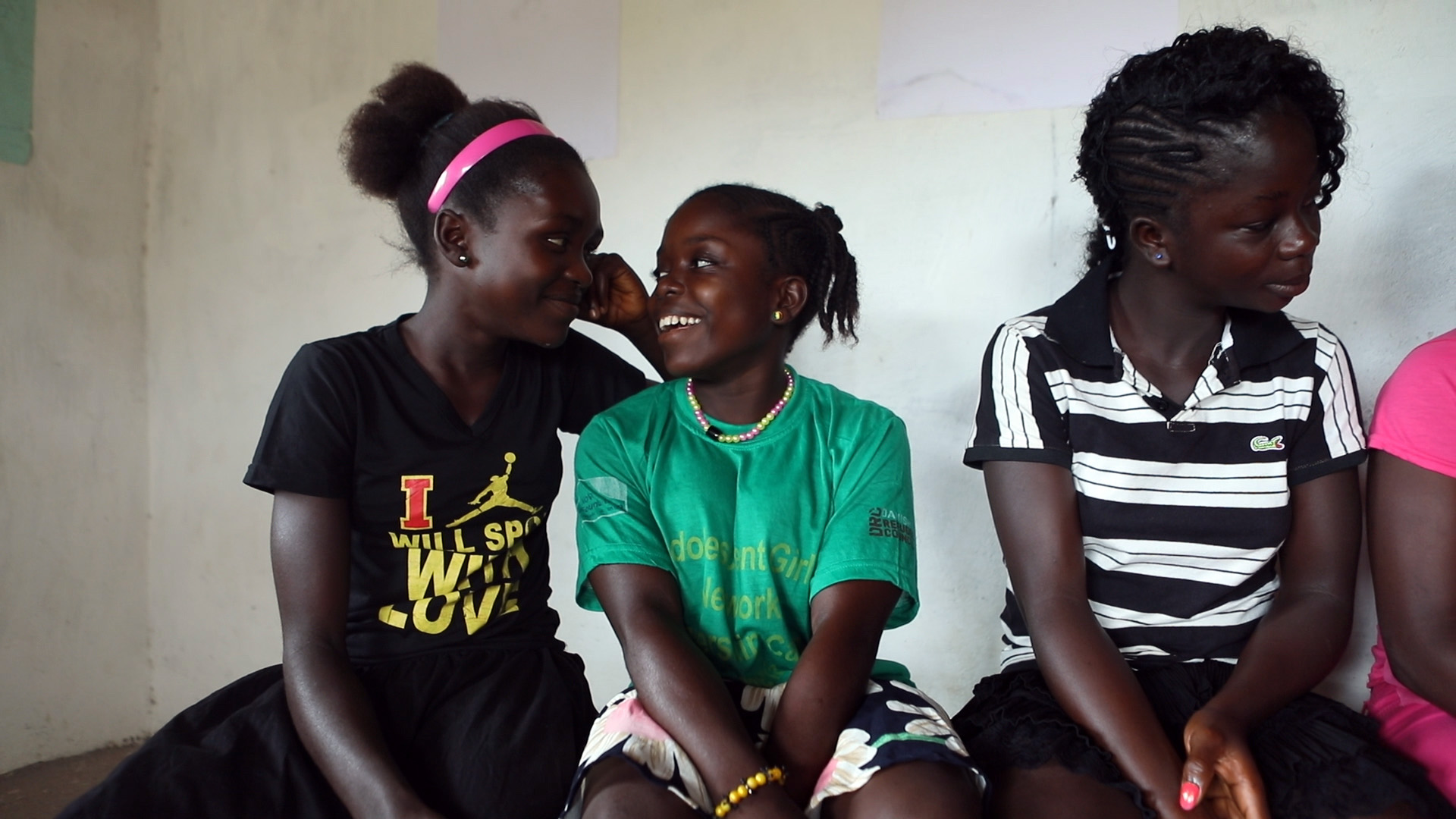
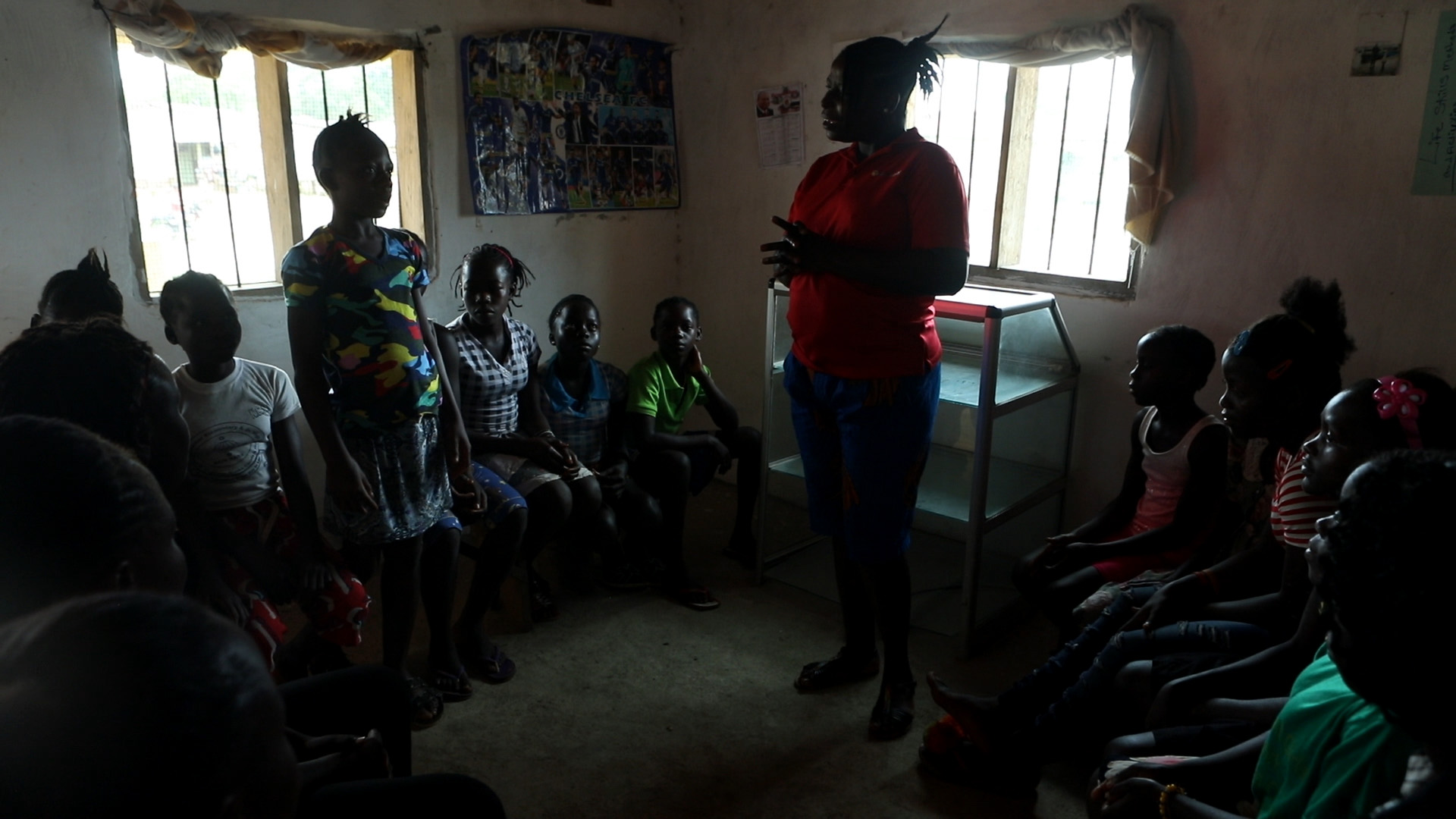
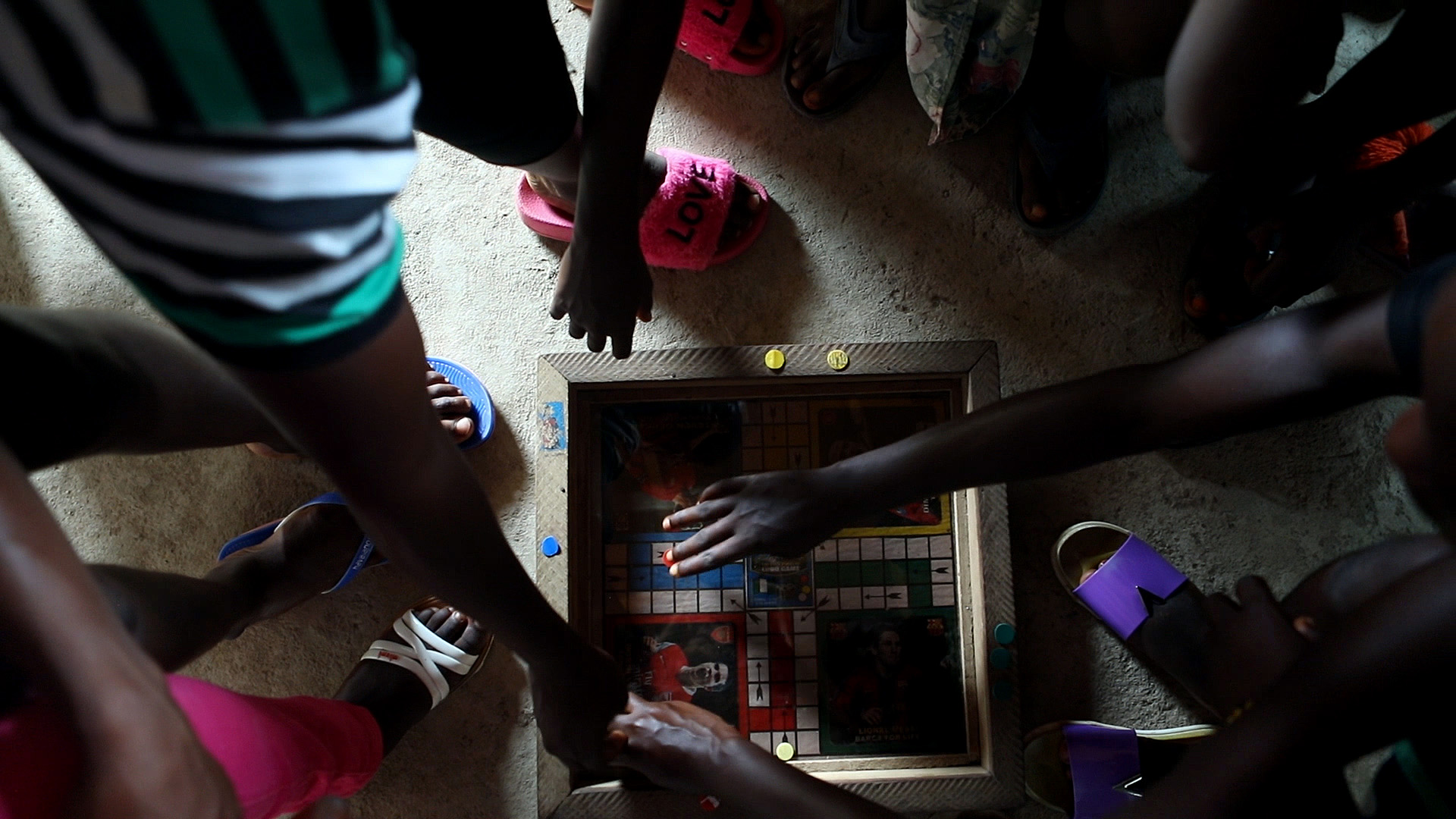
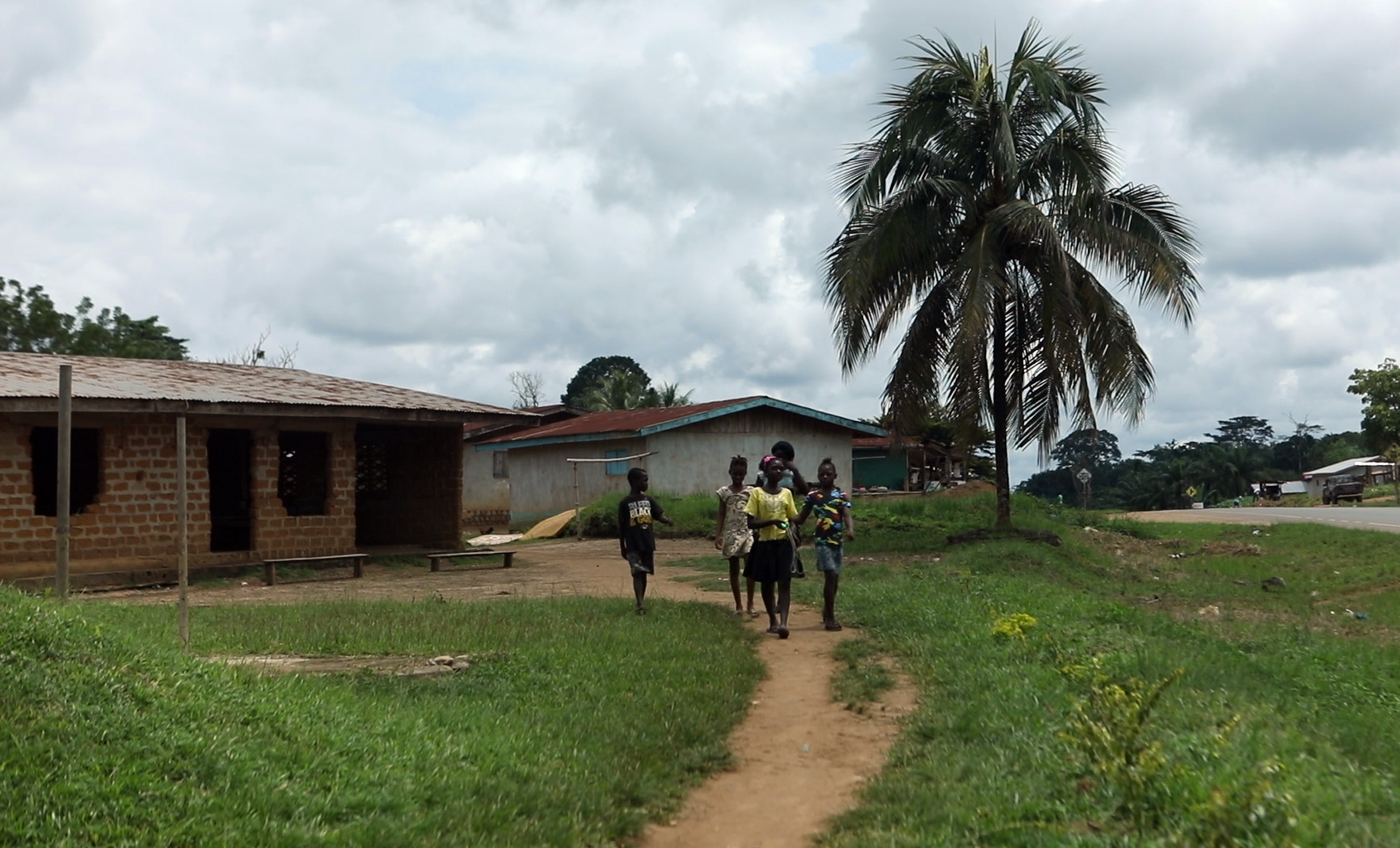
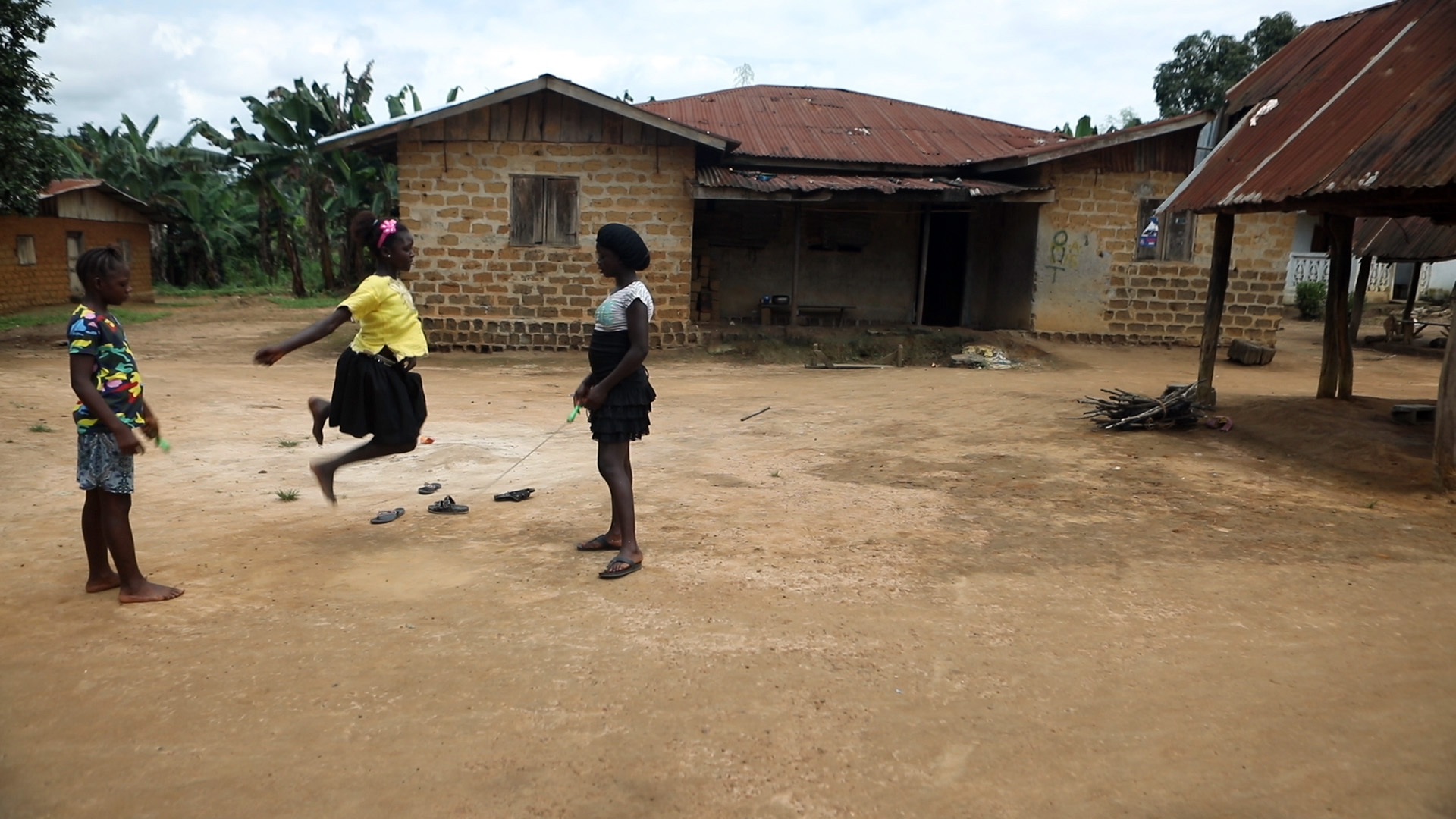
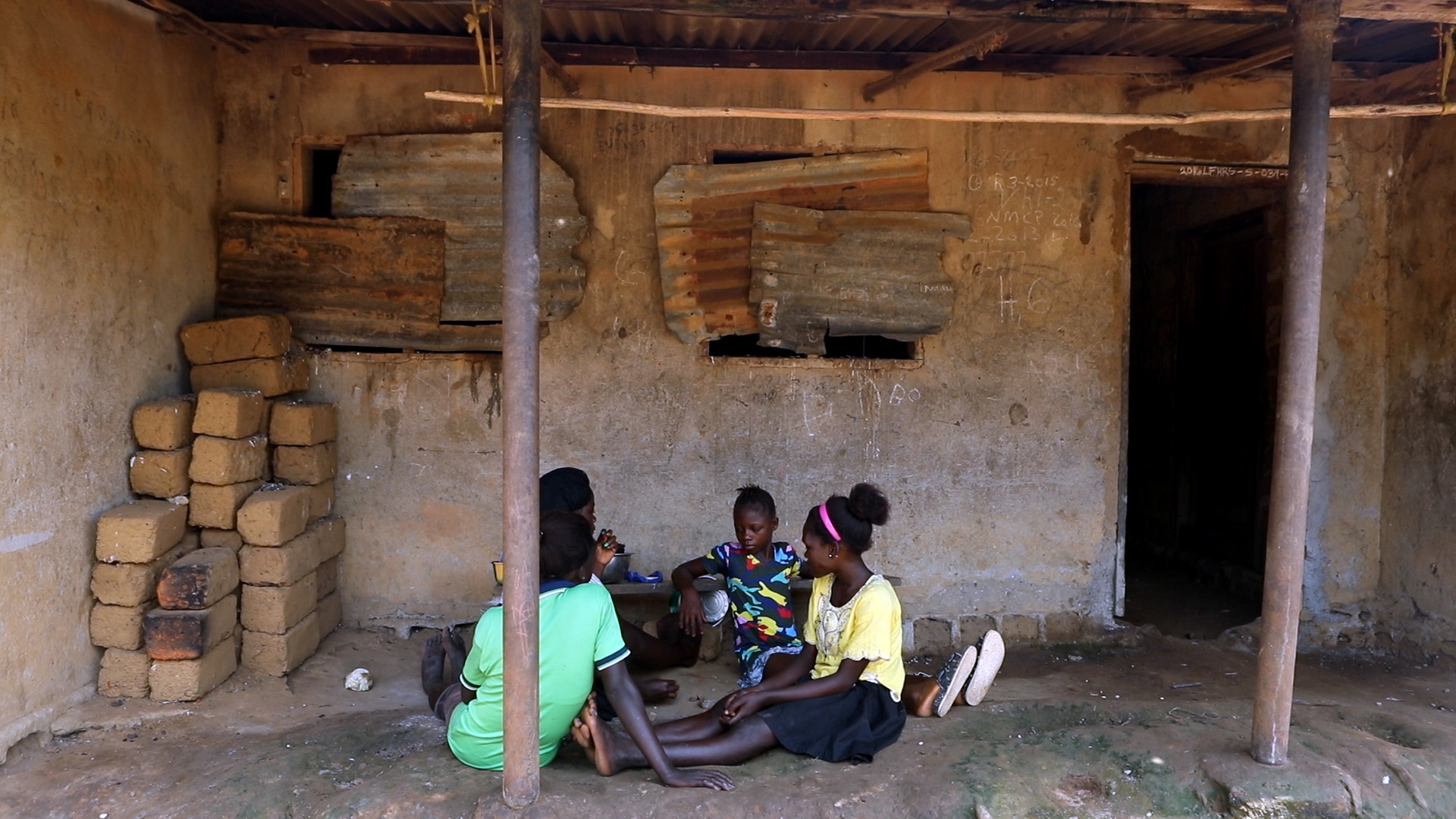
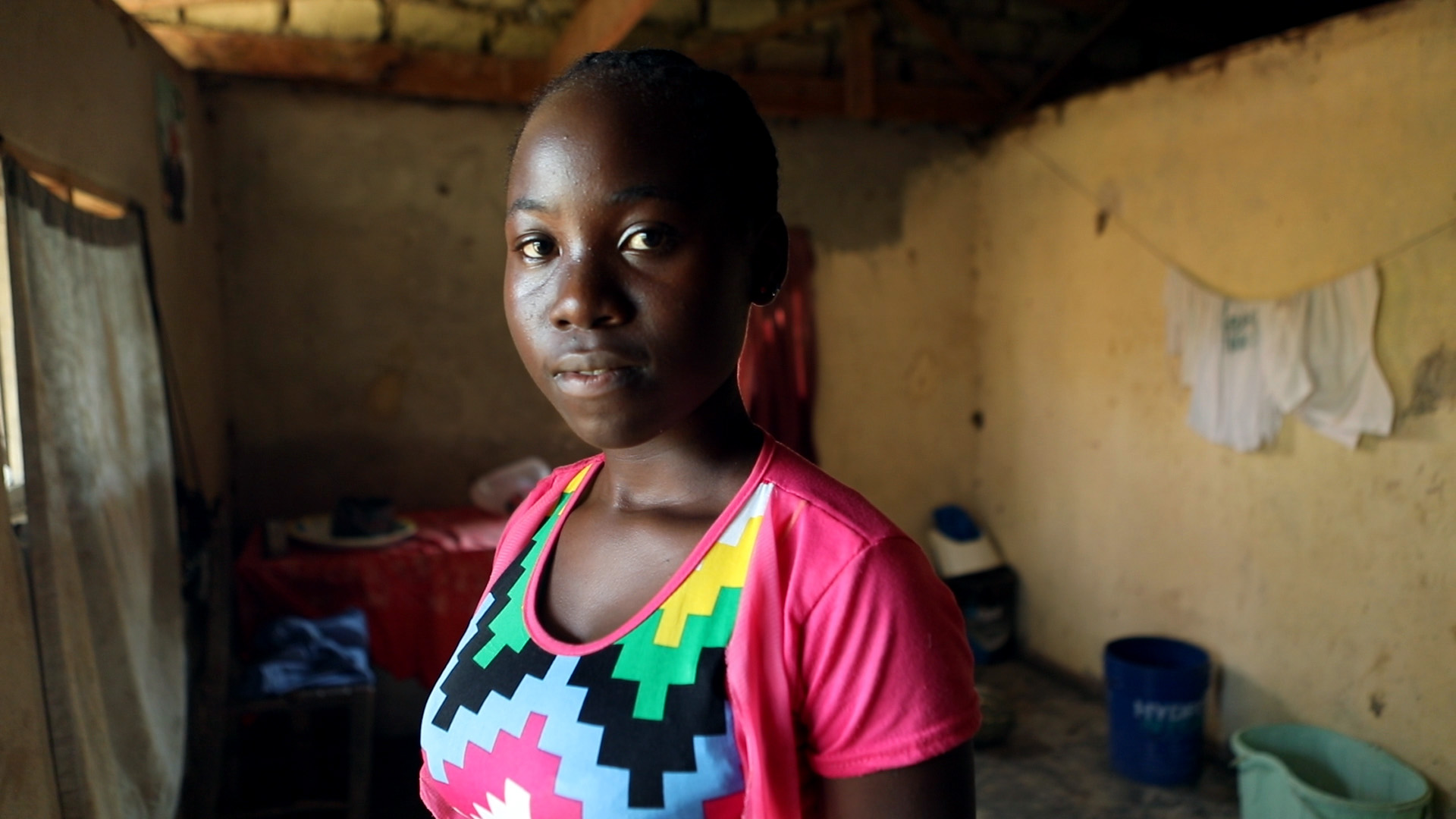
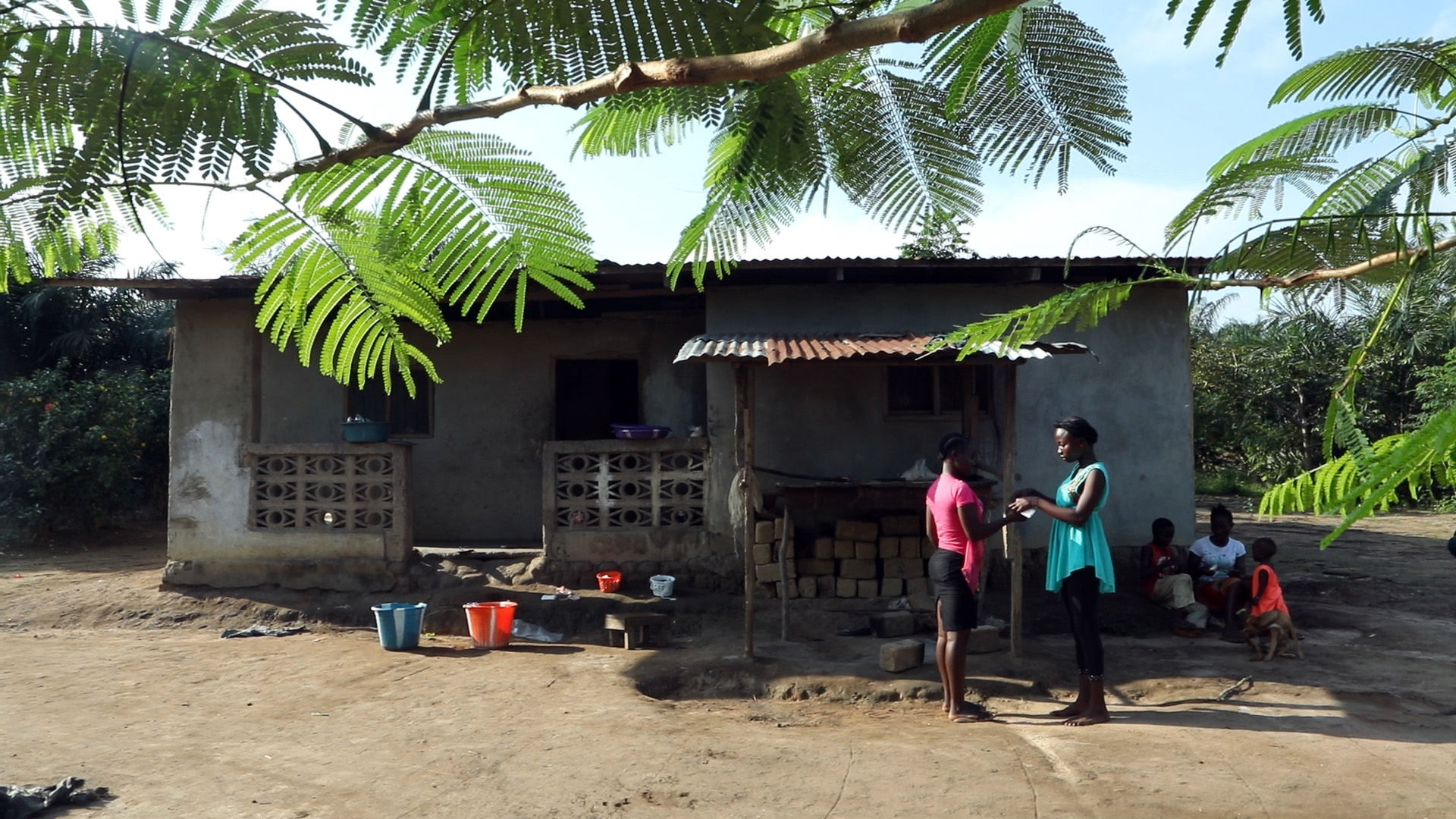
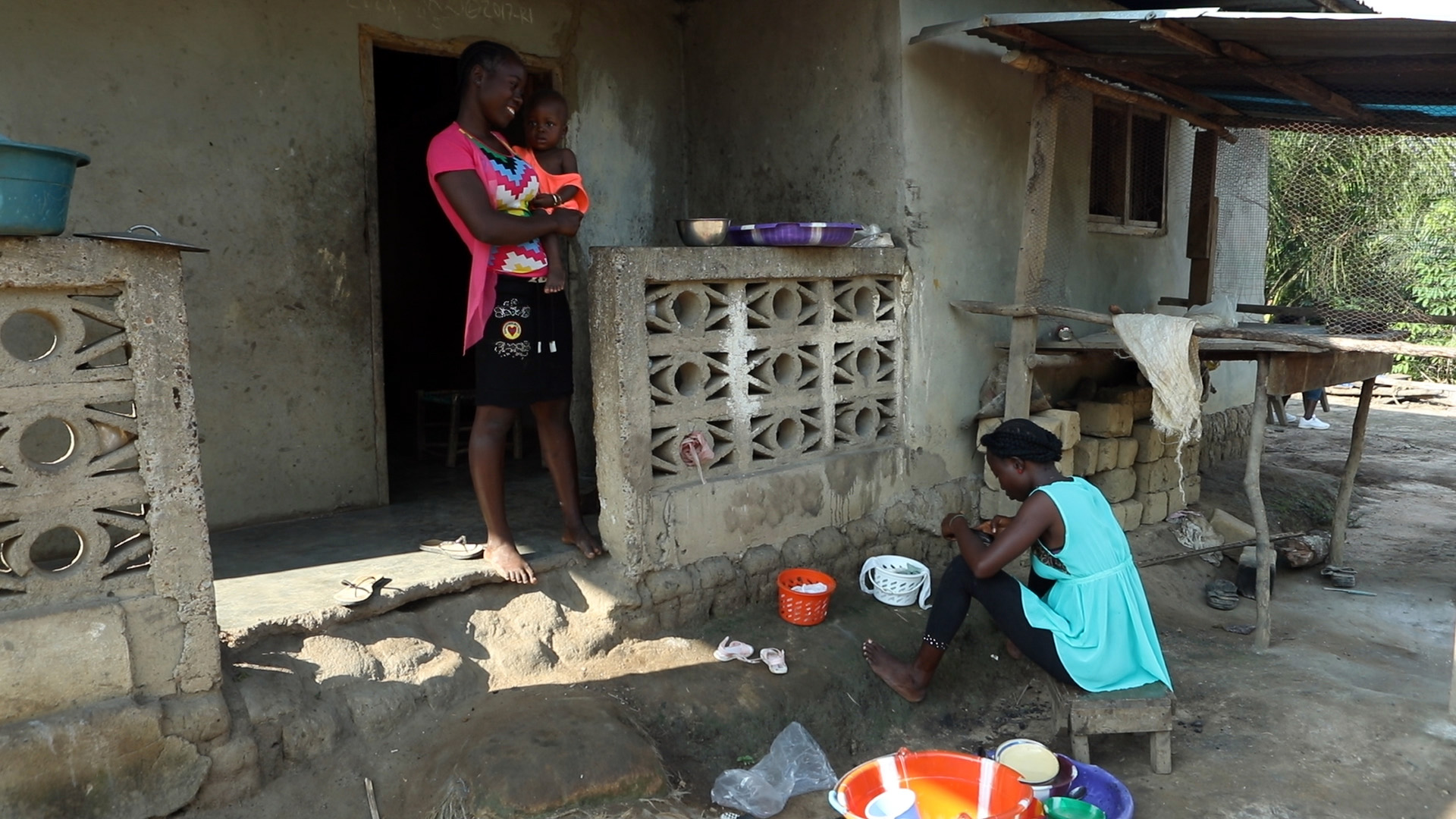

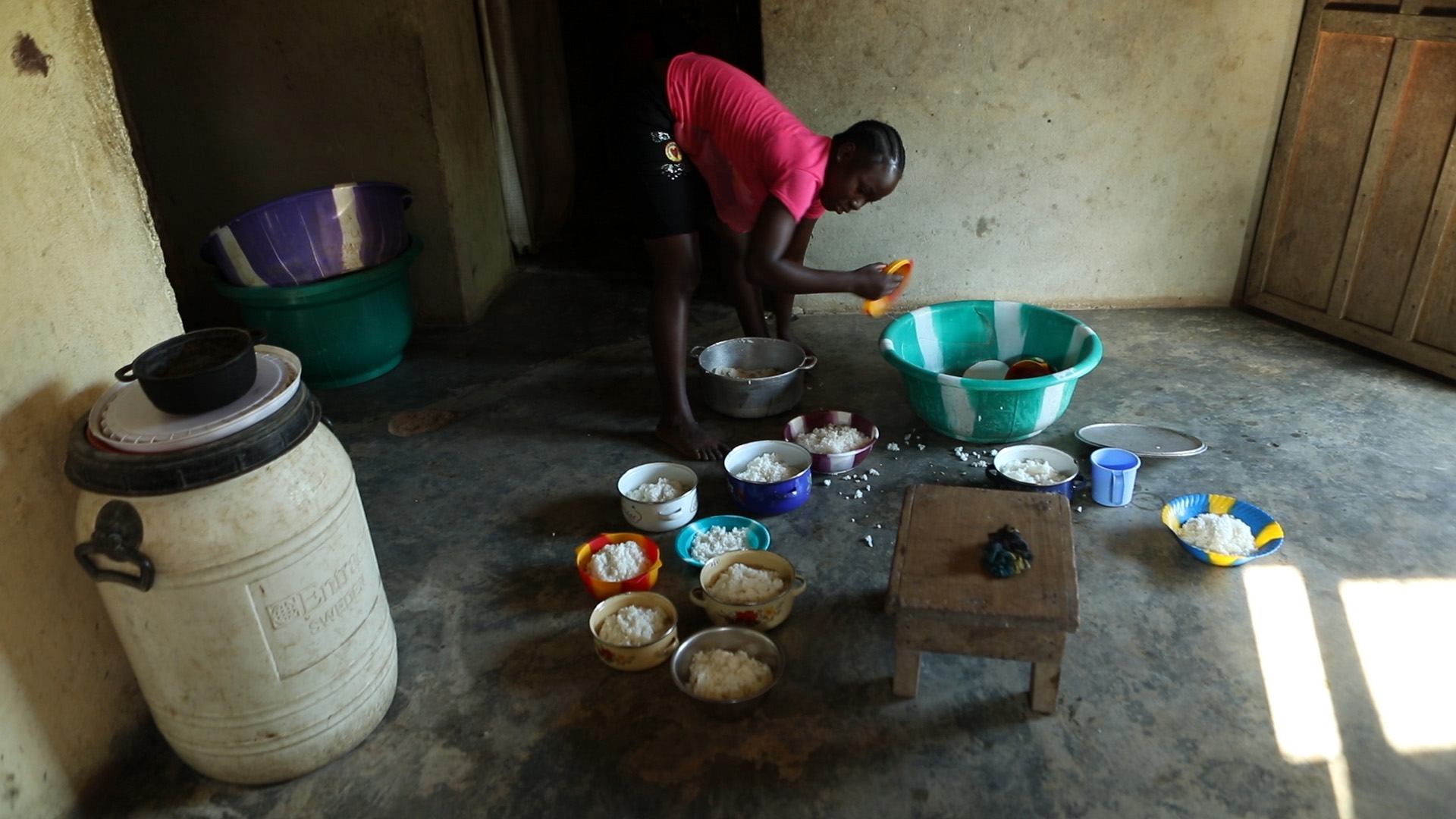
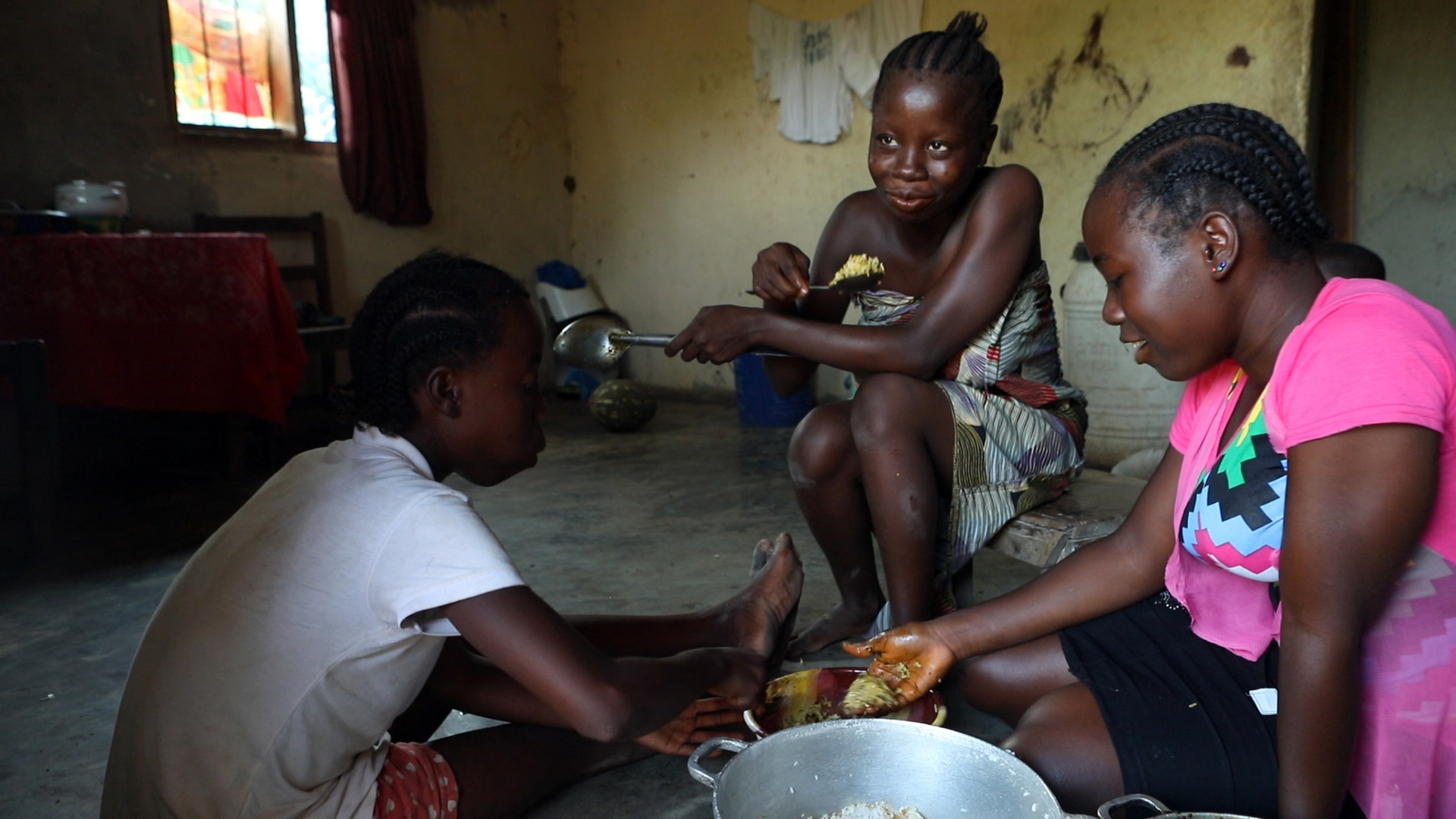
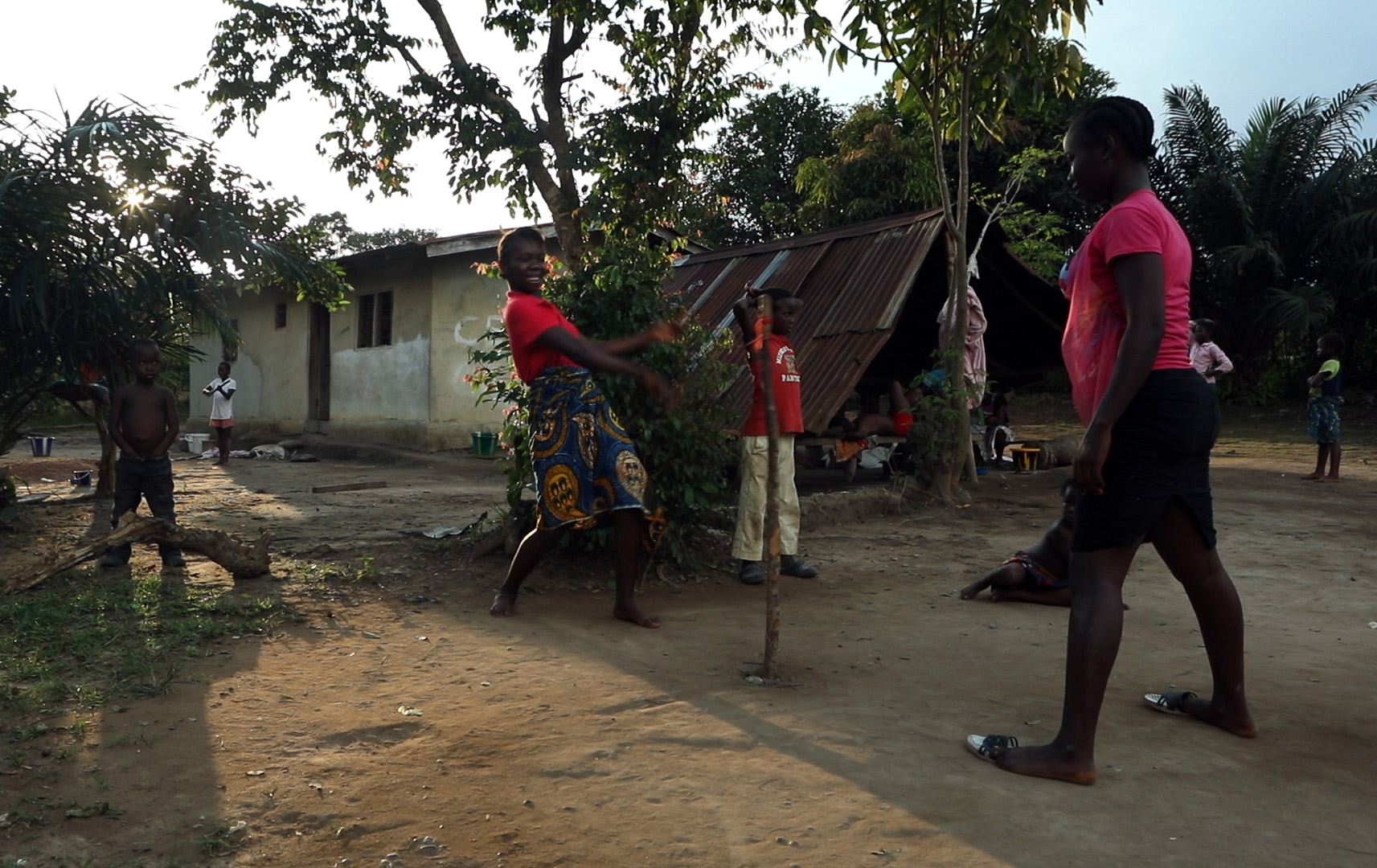
Overview: In Liberia, IRC has been implementing the Girl Empower program with adolescent girls. The program included a life skills curriculum, which was delivered in 56 adolescent girl only “safe spaces” chosen by community leaders. The curriculum taught life skills including reproductive health and body hygiene, as well as healthy relationships and support networks. The girls also learned skills that would enable them to discuss difficult choices (such as negotiating with their parents about staying in school rather than working on the farm, for example) and safety planning (mapping out risky areas in the community; becoming knowledgeable of GBV types and the referral systems) so as to stay safe as they set their goals for their life journey. The weekly discussion sessions were facilitated by IRC trained mentors who followed the curriculum and were supportively supervised by IRC program staff.
Goal: The objective of the video was to summarise IRC’s work with adolescent girls and the findings of their research. The film would be made used to raise awareness about the needs of adolescent girls in humanitarian crises; and to empower the adolescent girls and give them a voice.
Video footage from Liberia and Ethiopia was combined to create a film that would be shown at an event for International Day of the Girl. The film would showcase IRC’s work with adolescent girls, and the findings from recent research.
Challenges: Upon arriving on location, we had a very limited amount to arrange and collect the interview and b-roll footage. IRC had found a selection of girls who were willing to participate in the film and then we interviewed. We ended up going back and forth between two communities to fit everything in. Since the program had ended, we needed to bring all the girls together for a mock girl empower session. We got up each morning before dawn to fit in extra b-roll for the editor to work with when putting the final film together.
Client: IRC
Subject: Patience and
Location: Ganta, Liberia

Thérèse Nyirajyambere was once a laborer, who had to work in other people’s fields to earn an income. But now, she is an established businesswoman in her village, thanks to the help of CARE’s Gender Equality and Women’s Empowerment Program (GEWEP).
Read More
USAID is working to reach high-risk populations (including fishermen) where they live and work, with coordinated interventions to reduce the number of new infections and link HIV+ patients to treatment.
Read More
Life beyond HIV.
Read More
Curing child tuberculosis in Bangladesh.
Read More
A paramedic's quest to deliver healthy babies in Bangladesh
Read More
By revamping U.S. food aid, we could feed up to 10 million more people and save countless lives.
Read More
If you invest in your soil, it will grow.
Read More
Improving health information systems in Liberia.
Read More